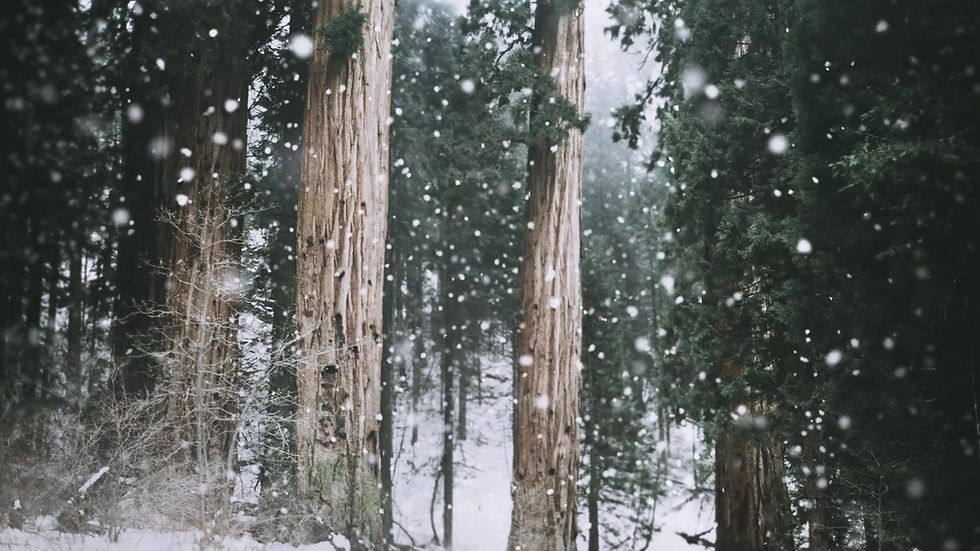Husky colors come in a variety of shades and patterns. Their standard coat combination is white and agouti, black, grey, red, or sable. However, they are known to come in other colors too.

Some coat patterns, like
Merle, are also associated with health issues.
Husky Colors and Health
According to the current breed standard, there are no disallowed Husky colors, patterns, or markings due to health issues. However, some breed clubs have identified the “merle” and the “brindle” pattern of markings as concerning.
The Siberian Husky Club of America (SHCA) has released a statement indicating that these marking types may be the result of genetic influence from other dog breeds.
In other words, dogs bearing these markings may not be true purebred Siberian Huskies.
In addition, the SHCA states they are not supportive of the merle pattern. This is due to its association with certain known canine genetic health issues. These include:
immune system dysfunction
eye disorders
deafness
Double Merle

Health issues resulting from a double merle are not always fatal. However, they can be particularly life limiting to the point of requiring euthanasia. Examples of such health issues include:
missing eyes
poorly developed eyes
deafness
puppies being born both blind and deaf
Siberian Husky Color Chart

The Siberian Husky color chart is so varied it has been nicknamed the “Siberian Rainbow.”
According to the official American Kennel Club (AKC) Siberian Husky color chart, the following colors are standard:
agouti and white
black and white
gray and white
red and white
sable and white
white

Other Recognized Colors
The following colors are recognized but not standard on the AKC Husky color chart:
black
black/grey and white
black/tan and white
brown
brown and white
brown/black and white
copper and white
grey and black
tan
black and tan
white and tan
Other Recognized Markings
The AKC breed standard states that the following markings are not standard but are recognized:
black points
pinto
piebald
Rare Siberian Husky Colors
Husky colors vary massively from one dog to the next. In fact, no unusual or rare Husky colors, patterns or markings have been identified!

AKC Siberian Husky Colors
The current American Kennel Club (AKC) Siberian Husky breed standard allows for all Siberian Husky colors, including pure white. The breed standard specifies that it is quite normal to see a wide variety of visually striking patterns and markings on the head.
This means there can be literally infinite combinations of Husky colors and patterns and markings. None of them will disqualify a pedigreed purebred Siberian Husky from competing in the show ring.

Copper/Red
· (Red dogs with black points are considered Sable). Red & white Siberians always have liver points. Their undercoat can be copper, light red, or cream.
· The Red color range can span the gamut from a dark rusty brownish red to a light, strawberry blonde red. The Siberian Husky colors copper is one form of red.
· With a red and white color pattern, there generally will not be any black in the coat. However, the red can range from a deep reddish brown to a light coppery

alternating with white.
· Apricot– these dogs have a combination of white and red strands. The root is typically white while the tip is red, leaving a solid red appearance.
· The sable marking starts with a reddish or coppery undercoat. The outer coat hairs are reddish at the base (nearest the skin) with black coloration at the tip.
· Diluted red– as the name suggests, this is a light shade of red. Like copper-colored Huskies, dogs in diluted red coating either have amber or blue eyes and a liver-colored nose. You may also notice a light orange cast and a white underbelly in light red Huskies.


Black
· Black can appear to be jet black, matte black or dilute black. Dilute black can appear closer to blue or grey.
· Black and White color pattern is a quite common one for Siberian Huskies. The black color can show up as jet black, black banded or dilute (can appear silver).

Gray and White
· The Gray Husky colors can range from dark wolf gray to a yellowish gray to silver gray alternating with white.
Piebald (Pinto)
· The piebald markings, called “pinto” in the AKC breed standard, are quite different from either agouti or sable. In piebald Siberian Huskies, one coat color will predominate, and one or two other colors will show up as a pattern of markings.

Piebald or pinto markings are also called the “Siberian Husky colors splash.”
White
· The white color can be solid pure white, or white with a yellowish or cream cast. There may also be black guard hairs. Typically, the undercoat is pure white.

Agouti
· The agouti marking is also called the “wild” or “wolf-like” marking. Several colors contribute to create the look of the agouti markings.
· Typically, the undercoat (the soft, thick, insulating under-layer) is dark in Siberian Huskies with agouti markings. The outer coat has multi-colored hairs.
· They are dark at the base (nearest the skin) and at the tip. In between is a lighter color.

References:
Shantz, A., “Breed Differences: Alaskan Husky vs. Siberian Husky,” Kybra Kennels, 2019.
Jessop, S., “Coat Color Identification Guidelines & Statement on “Merle” Patterning in Siberians,” The Siberian Husky Club of America, 2011.
Telha, K., “About the Breed,” Forever Husky Rescue, 2018.
Jaznyka, K., “Why Siberian huskies have those brilliant baby blues,” National Geographic, 2018.
Oskin, B., “Ancient Wolf DNA Could Solve Dog Origin Mystery,” Live Science, 2015.
Rice, G.E., “Colors of the Siberian Husky – Color Genetics,” The International Siberian Husky Club, 1994.
Greenwood, R., et al, “Health and the Merle Pattern,” American Dog Breeders Association, 2018.
Shannon Cutts Article: Feb. 25, 2019
https://www.ebknows.com/red-husky/




